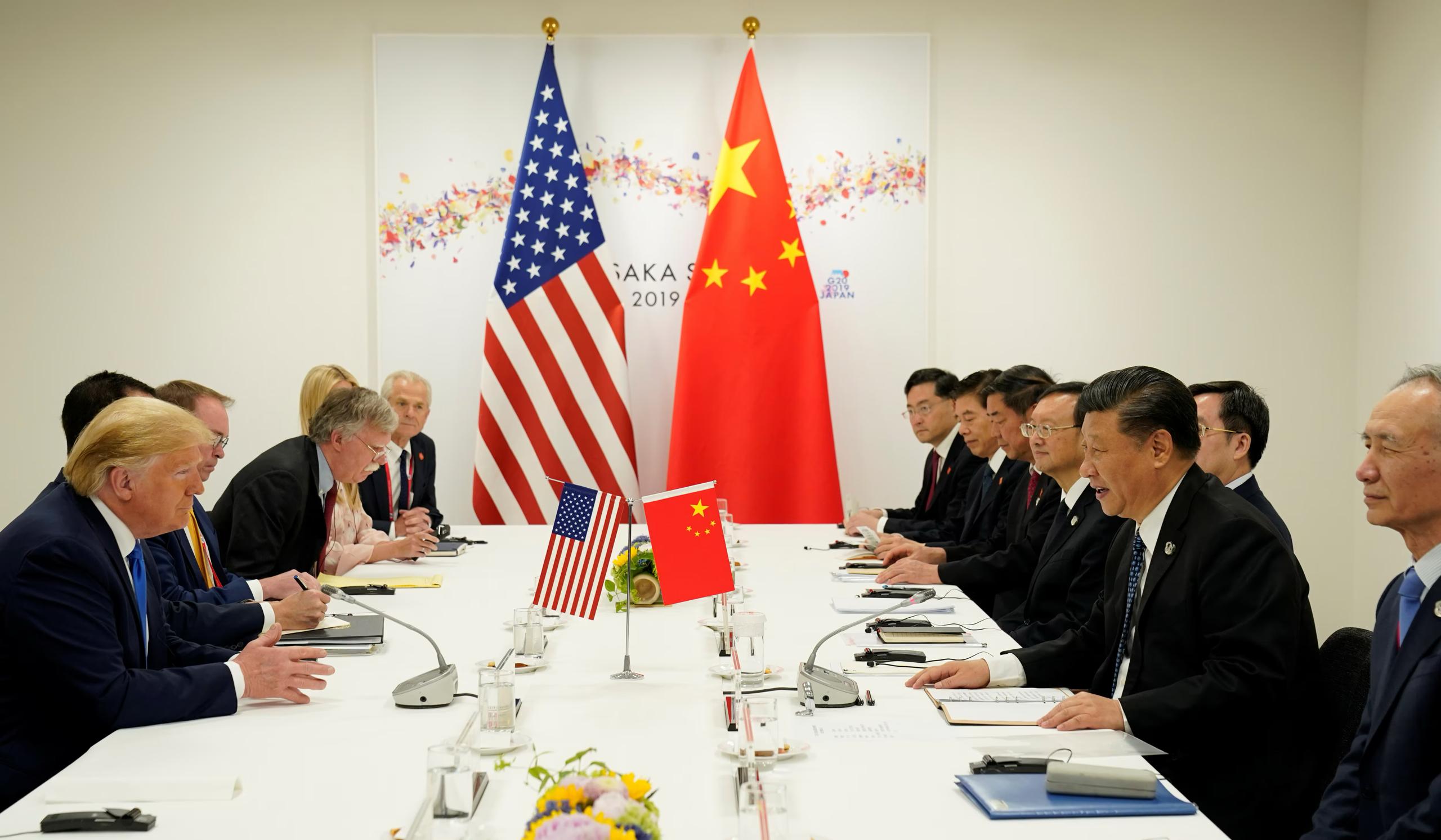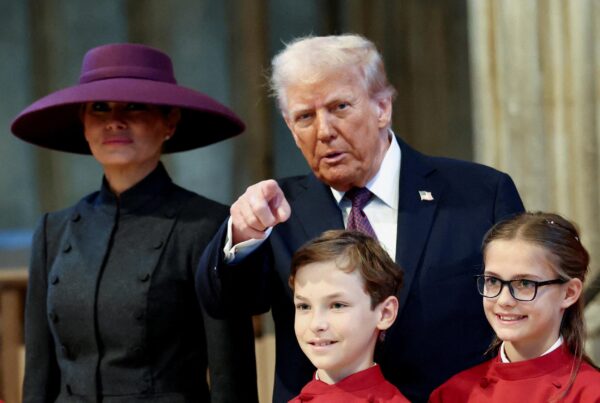The long-simmering rare earth dispute between the United States and China is poised to dominate discussions as U.S. President Donald Trump and Chinese President Xi Jinping prepare for a high-stakes diplomatic meeting in South Korea at the end of October. The encounter comes amid escalating tensions over export controls, with global markets on edge over the potential disruption to critical supply chains.
The meeting, announced simultaneously by Washington and Beijing, represents the first in-person dialogue between the two leaders since their last encounter before the COVID-19 pandemic. Both sides are signaling cautious optimism, but the underlying friction surrounding rare earth materials essential to semiconductors, electric vehicles, and defense technologies threatens to overshadow any attempt at reconciliation.
Strategic Stakes Behind Rare Earth Diplomacy
Rare earth elements have become the new frontier in the geopolitical competition between the world’s two largest economies. The United States relies heavily on Chinese exports for vital minerals such as neodymium, dysprosium, and terbium, which are indispensable in advanced technologies from fighter jets to renewable energy systems.
China, which controls roughly 60 percent of global rare earth production and over 80 percent of processing capacity, has tightened export controls this year, citing “national security concerns.” However, U.S. officials have accused Beijing of weaponizing its dominance in the sector to gain leverage amid broader trade disputes.
U.S. Push for Supply Chain Independence
The Biden-era initiative to diversify supply chains has continued under Trump’s renewed “America First” economic agenda. Washington has been investing in alternative mining projects in Australia, Canada, and Africa, while also subsidizing domestic production.
“Dependence on a single source for critical minerals is unacceptable,” said U.S. Commerce Secretary Gina Raimondo in a recent statement. “We need resilient supply chains to protect both our economy and national security.”
Analysts believe that Trump may use the Seoul meeting to pressure Xi into easing restrictions or at least clarifying Beijing’s export policy. However, such a move could face resistance, as China has signaled its intention to maintain control over its strategic resources.
China’s Calculated Leverage
For Beijing, rare earth exports represent both an economic asset and a geopolitical tool. “China doesn’t seek confrontation, but it won’t allow coercion,” said Chinese Foreign Ministry spokesperson Wang Wenbin. “Export regulations are a matter of sovereignty.”
Beijing’s recent decision to suspend shipments of specific magnet-grade rare earths to certain U.S. contractors has already sparked alarm in Washington. Defense analysts warn that the U.S. military-industrial base could face severe disruptions if the standoff persists.
Meanwhile, South Korea the host of the upcoming summit finds itself caught in the middle. As a major importer and manufacturing hub for advanced electronics, Seoul has a vested interest in maintaining stability in global rare earth markets.
South Korea’s Diplomatic Balancing Act
Hosting the Trump–Xi meeting is a diplomatic coup for South Korean President Yoon Suk-yeol. Yet it also places his administration in a delicate position. Seoul has long balanced its security alliance with Washington against its economic dependence on China.
Seoul as a Neutral Platform
Yoon’s government has positioned South Korea as a bridge between global powers, offering a neutral platform for dialogue. “We hope the summit will contribute to easing tensions and ensuring stable trade flows,” said South Korea’s foreign minister, Park Jin.
The decision to host the meeting in Seoul also underscores the country’s growing diplomatic influence in regional affairs. In recent years, South Korea has mediated several trade and security dialogues, including trilateral discussions involving Japan and the United States.
Economic Concerns and Market Impacts
Economists warn that prolonged rare earth restrictions could drive up global production costs for batteries, consumer electronics, and defense systems. South Korean conglomerates like Samsung and LG, which depend heavily on these materials, have already begun exploring alternative suppliers in Vietnam and Africa.
According to the Korea International Trade Association (KITA), rare earth prices have surged by nearly 40 percent since mid-2025, signaling potential inflationary pressures in the high-tech sector. “A resolution between the U.S. and China would help stabilize markets,” KITA said in its latest report.
Global Implications of the Rare Earth Standoff
The rare earth conflict extends far beyond the U.S.–China rivalry. It has become a central issue in global trade politics, shaping supply chain strategies and alliances across continents.
Europe’s Strategic Vulnerability
European nations are watching the developments closely. The European Union has accelerated efforts to reduce reliance on Chinese rare earth imports, launching the European Critical Raw Materials Act earlier this year. The initiative seeks to secure at least 10 percent of EU demand through domestic extraction and 40 percent from diversified global partners.
“We must avoid replacing one dependency with another,” said EU Internal Market Commissioner Thierry Breton. The bloc is already in talks with Canada, Greenland, and Namibia to establish long-term supply contracts.
Emerging Markets and Resource Nationalism
Beyond Europe, countries in Africa and Southeast Asia are reasserting control over their mineral resources. Nations like Tanzania, Indonesia, and Myanmar have begun renegotiating contracts with foreign mining companies to capture more value from exports. Analysts see this as a broader shift toward “resource nationalism,” potentially complicating Western diversification strategies.
Meanwhile, global investors are closely monitoring the Trump–Xi meeting for signals of either escalation or compromise. Commodity markets have experienced sharp volatility in anticipation of policy announcements.
Potential Outcomes and Diplomatic Forecast
Expectations for the Seoul meeting remain tempered. While both Trump and Xi have incentives to project stability, domestic political pressures could limit their room for maneuver.
Pathways Toward De-escalation
Diplomats suggest that a temporary framework agreement possibly involving export transparency measures or bilateral monitoring could emerge from the talks. Such an accord might ease short-term market fears, even if it stops short of a full trade resolution.
“Both leaders understand the global consequences of a prolonged standoff,” said Professor Kim Hyun-soo of Yonsei University’s Institute for International Studies. “Seoul could play a constructive role in bridging differences, but real progress will depend on political will in Washington and Beijing.”
Risks of Renewed Confrontation
Still, the risk of renewed confrontation looms large. Trump’s campaign rhetoric has grown increasingly combative toward China, while Xi faces domestic pressure to demonstrate strength amid slowing economic growth. Any misstep could trigger fresh tariffs or sanctions, reigniting the trade war that rattled markets in the late 2010s.
The upcoming Trump–Xi meeting in South Korea represents a pivotal moment in modern diplomacy. Beyond the optics of reconciliation, the dialogue will test whether the world’s two largest economies can find common ground in managing strategic resources like rare earth materials.
As both nations weigh their political and economic interests, the outcome will reverberate across industries, markets, and alliances. For now, investors, policymakers, and manufacturers await the Seoul summit with cautious anticipation, hoping it marks the beginning of a more stable phase in the global supply chain landscape.









